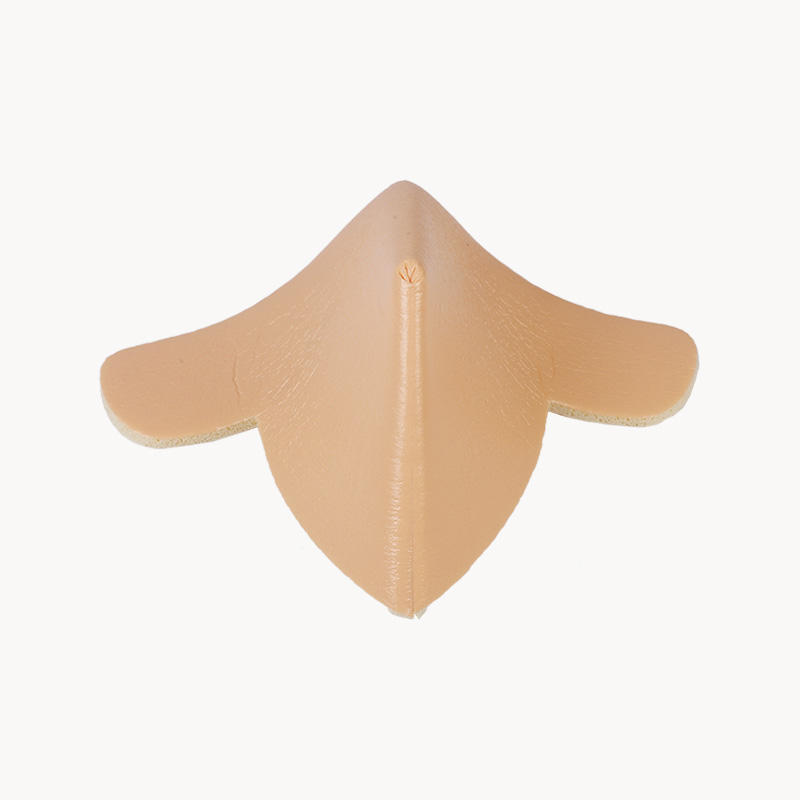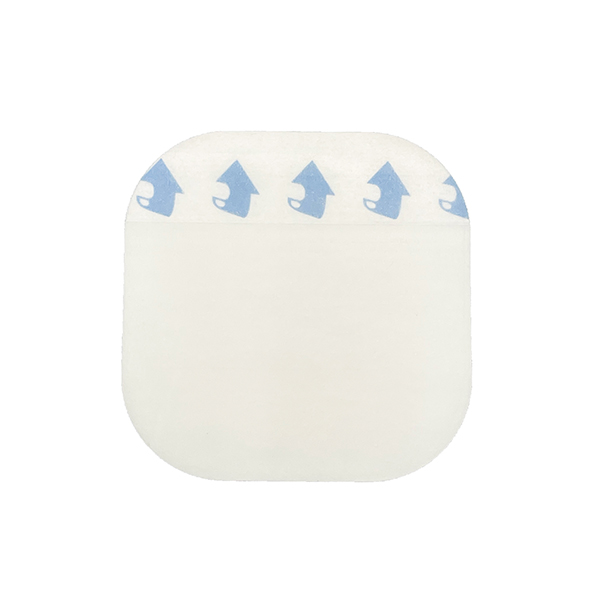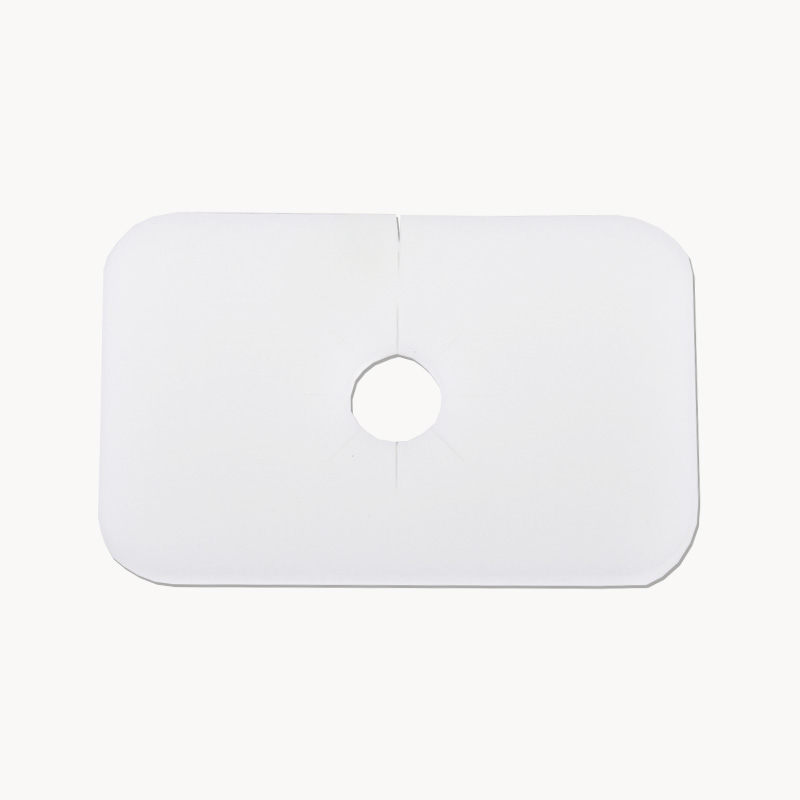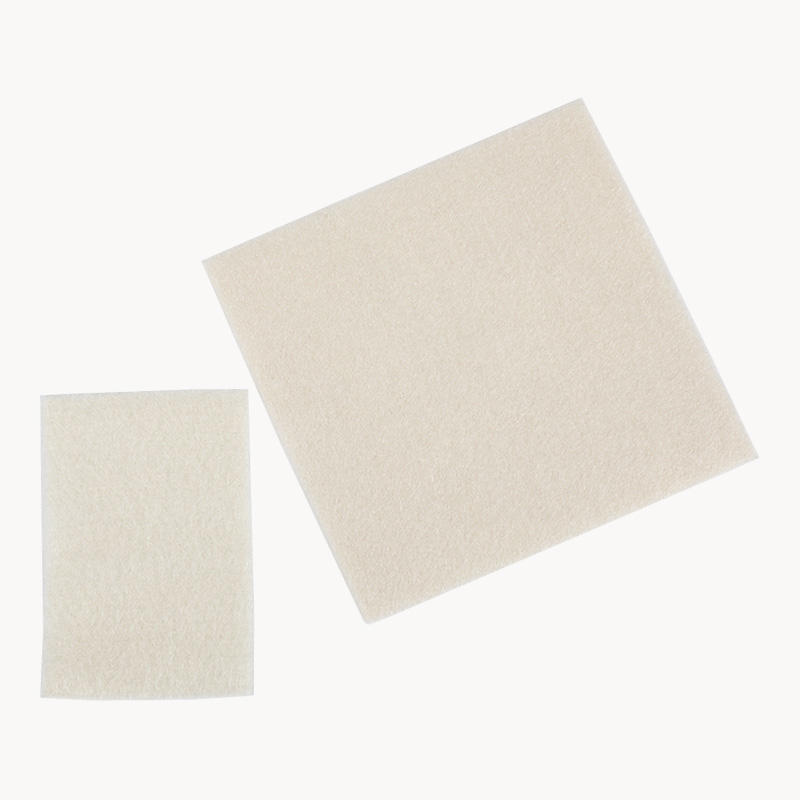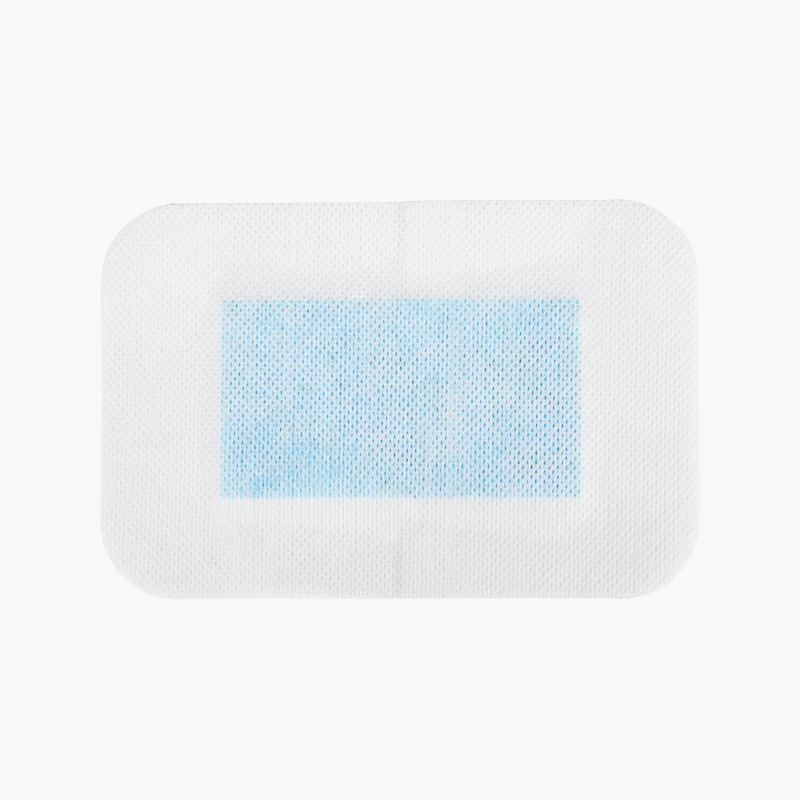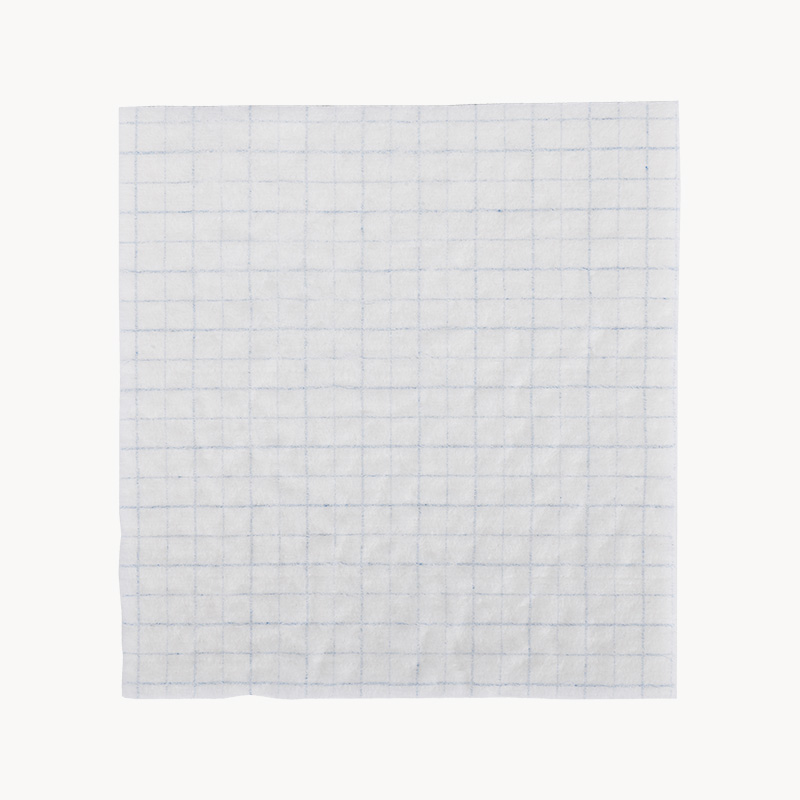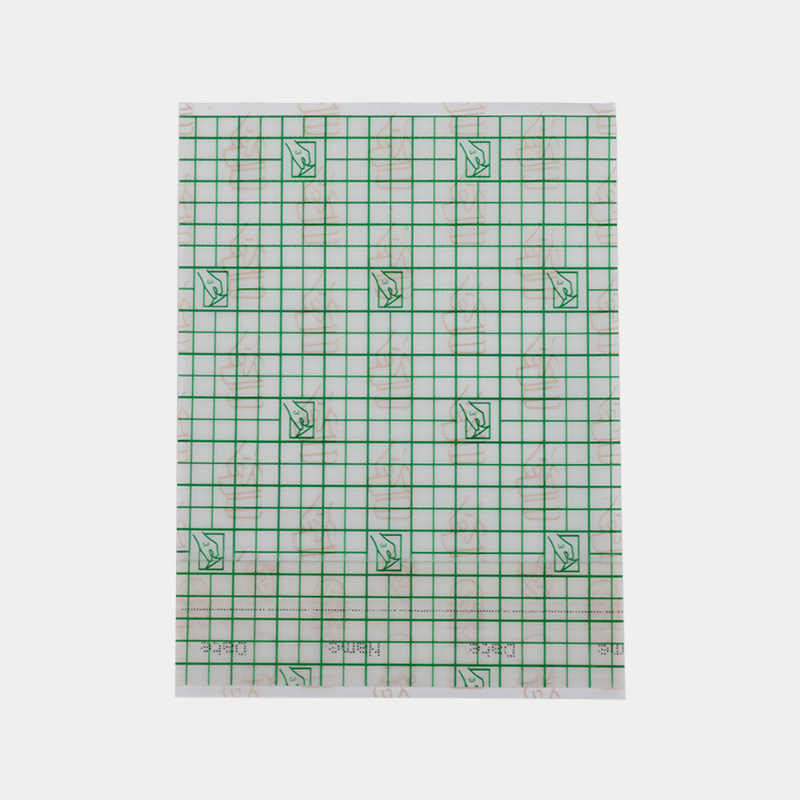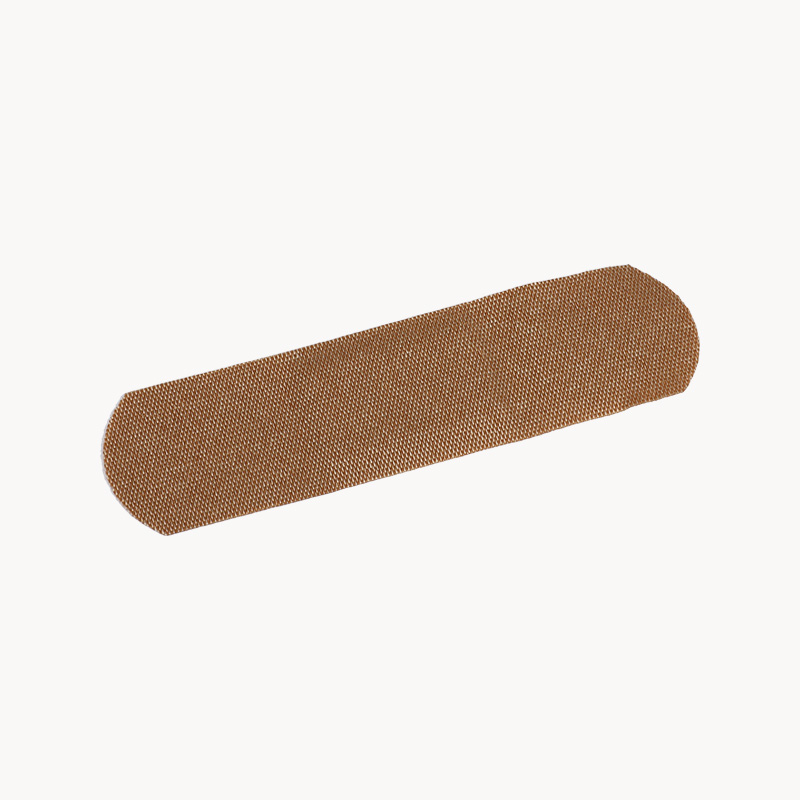Skin, as the bridge between our internal and external bodies, is undoubtedly the most critical and conspicuous organ in our body. As the largest organ in the human body, it is responsible for protecting us from the outside world and is often subject to various injuries such as cuts, scrapes, scratches, infections, and ulcers. As time goes by, the skin is also undergoing years of wear and tear, gradually becoming fragile, and its ability to repair itself gradually weakens. Especially as the global aging trend intensifies, the need for effective treatment of skin wounds has become increasingly urgent, which has also given rise to a huge demand for efficient wound care products.
In recent years, hydrogels have received widespread attention in the field of treating skin wounds. This special gel, when applied to a wound, can create a moist, protective environment for the wound by absorbing the fluid that exudes from the wound, thereby promoting wound healing. However, existing hydrogels tend to be adhesive, which allows them to stick tightly to the skin and move as the skin moves. Once these hydrogels absorb the fluid exuded from the wound and swell, they stretch and expand the wound, which not only causes pain to the patient but may also increase the risk of bacterial infection due to the enlargement of the wound area.
Against this background, a team of researchers from the Tokyo University of Science (TUS) in Japan proposed an innovative solution. They developed a new hydrogel using an ingredient found in seaweed. This hydrogel has completely different physical properties than traditional hydrogels. The research results have been published in the International Biomacromolecules section of Nature magazine and were led by Ryota Teshima, a master's student at TUS University. Their research results not only provide us with a new wound treatment method but also open up new possibilities for the application of hydrogels.
In addition, Assistant Professor Shigehito Osawa, Ms. Miki Yoshikawa, Associate Professor Yayoi Kawano, Professor Hidenori Tabata Otsuka, and Professor Takehisa Hanazawa from TUS University also participated in this research. Their contribution is not only reflected in experimental design and data analysis but also provides valuable academic support and guidance for this research. Their efforts have demonstrated to us the power and charm of scientific research, and also given us hope and confidence in the future. In revealing this fascinating hydrogel preparation technique, we were struck by its unexpected simplicity. The core ingredients of this hydrogel are alginate, calcium carbonate, and carbonated water, which are cleverly combined to create a magical substance.
Alginate, this amazing ingredient derived from beach seaweed, is world-renowned for its biocompatibility. More importantly, it does not adhere too strongly to cells or skin tissue, which makes it a unique advantage in medical applications.
When alginates combine with calcium ions, they form a unique structure that exhibits amazing stability in the environment of carbonated water. Compared with traditional commercially available hydrogel wound dressings, this hydrogel not only effectively resists acidification in carbonated water, but also provides ideal pH and humidity conditions for wound recovery.
Not only that, this hydrogel has significantly lower adhesion and swelling properties, which means it can reduce unnecessary irritation and burden during application, further promoting the natural wound healing process. This exciting discovery will undoubtedly bring new possibilities and hope to the medical field.

 English
English عربى
عربى Español
Español русский
русский 中文简体
中文简体






